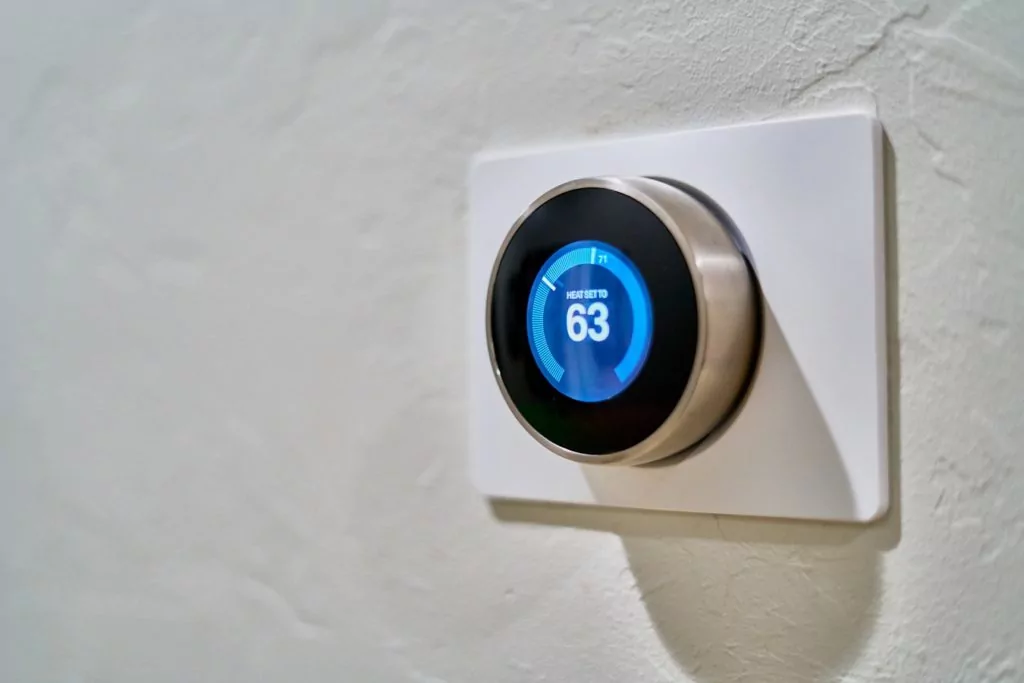Take Control Over Your Energy Consumption
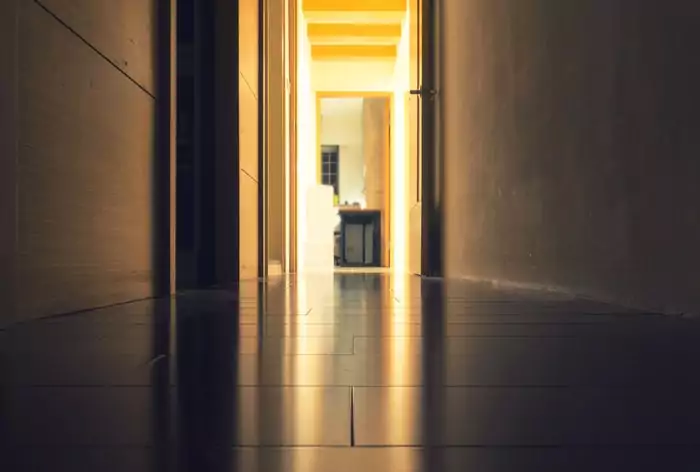
Occupancy Sensors and Photocells
A light that is on, whether it is an LED or traditional light, in an empty room is wasted energy. We can use sensors to turn them off when a room is unoccupied. Along with this, we can use photocells to keep lights off during the day.
In addition, one of the major benefits of having LED lighting in either interior or exterior spaces, is that they work very effectively with daylight and occupancy sensors. These sensors offer true scalability and savings as they allow you to maximally control your energy consumption.
In the past decade sensor technology has advanced and can be fine-tuned to meet most lighting requirements. These devices are no longer simple motion detectors that switch on wasteful floodlights when the neighborhood stray walks through your garden or use basic timers that inconveniently switch off when you need them the most, leaving you waving your arms wildly to turn on the lights.
Advanced thermostatic controls can complement lighting controls, giving you information about your system and creating a safe and more energy efficiency building.
In fact, today, these devices really do work for you. So, let’s take a closer look at how they compare and how they can start saving you money today.
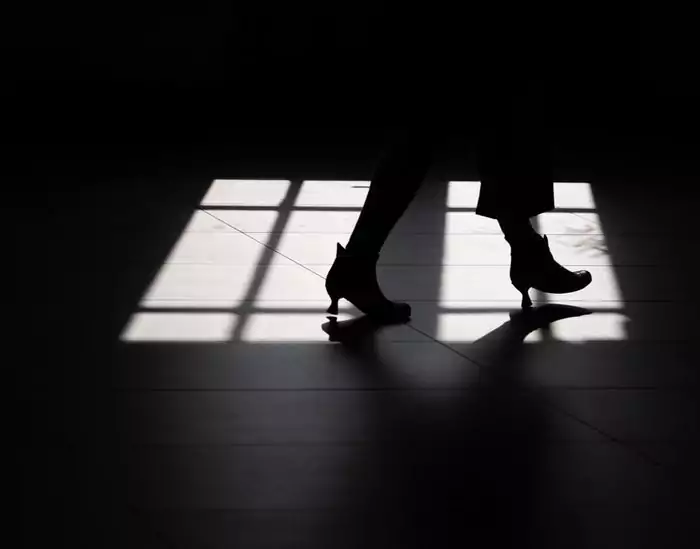
How do daylight sensors work?
Daylight sensors work to retain the same level of brightness in an area by decreasing the LED light output and augmenting it with natural light. This is also sometimes called ‘daylight harvesting’, which simply means the more they detect daylight or sunlight available in a space, the less electricity you use and the more energy and money you save.
Using these devices can significantly reduce energy bills especially for large or multi-structure complexes which require many light points to remain illuminated overnight, such as entrances and exists as well as parking lots. As opposed to traditionally programmed lighting solutions (think streetlamps which turn off once natural light has reached a sufficient level), daylight sensors constantly adjust and actively dim as natural daylight increases.
However, these sensors are not just for outdoor lighting. In fact, daylight sensors can also provide the same great benefits indoors, especially if you have a lot of glass windows and corridors. Moreover, they can be combined with occupancy sensors, so you can have the best of both worlds.
Occupancy Sensors
If the idea of installing occupancy sensors seems like a lot of effort for minimal savings, then think again. These sensors are not simply for small spaces like bathrooms or storage closets. In fact, occupancy sensors can be beneficial in almost all interior and exterior spaces. They can also be combined with daylight sensors to maximize energy efficiency and savings.
Whereas motion detectors only activate light when there is movement, occupancy sensors react to the presence of people or animals within a space. This means that they will not switch off, as they are not on timers, or if you remain stationary, so there is no lag between the time you leave a space and the lights switching off.
Occupancy sensors can also be utilized in combination with daylight sensors.
These sensors and controls have an added benefit beyond just energy savings. When they dim or turn off, the driver is creating less heat – the major reason LED systems will eventually fail. So turning these systems off add to their life, and dimmed systems will exponentially create longer life due to a lower heat created on the system.

Networked Lighting
Taking the photocell, occupancy sensor, and daylight harvesting a step further, all of the sensors and lights can be networked together for deeper savings. We use the Interact System from Signify – as they have one of the longest running and best in quality software systems for controlling lights.
Networked lighting leads to even more advanced savings and better performance of lights. When lights are connected, not only are sensors more likely to pick up movement of individuals, but it can also lead to better insights for maintenance and administration staff for occupancy, scheduling, and more. And the best part is that networked lighting systems are not that much more expensive than regular systems, even though the savings are far greater.
While programming networked lighting was very expensive, time intensive, and required a lot of hard wires in the past – they are far easier with modern smart phones. Almost all of the networked or advanced lighting control systems can be programmed via a modern smart phone, and the lights can communicate to each other via zigbee or other communication wirelessly.
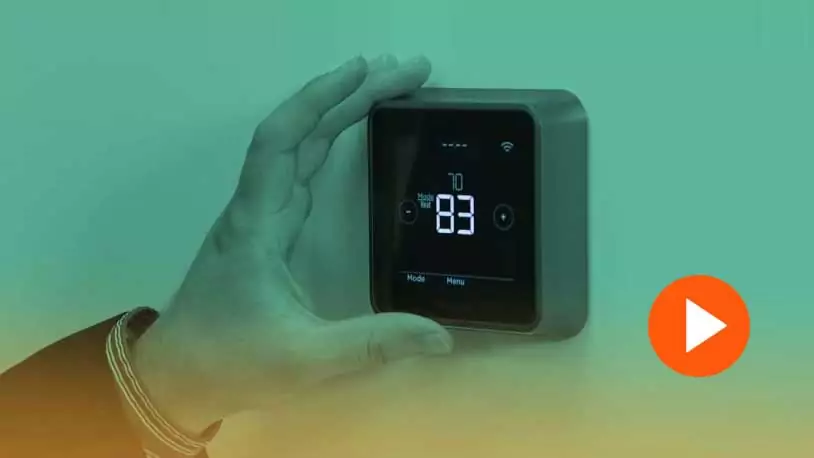
Smart Thermostats and Controls
Smart thermostats are…well, smart. They control your HVAC equipment more thoughtfully, so you can save money and energy. The best part – lower usage of equipment leads to longer life of equipment and less maintenance.
Smart thermostat are basically programmable thermostats with advanced controls on them. Programmable thermostats save money as they reduce heating or cooling loads when buildings are unoccupied. Since heating and cooling are a major source of energy usage for almost all commercial spaces – these little adjustments mean big savings.
Smart thermostats do more than just allow scheduled temperature adjustments – they sense occupancy of your space, provide insight into actual usage through data platforms, allow you to see the building performance when not on site, and even can control your free cooling (economizing) settings and performance monitoring.
Ecobee EMS Si
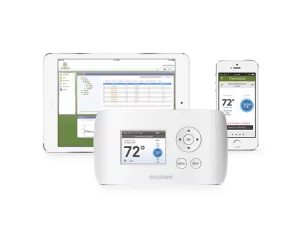
Ecobee is a huge brand name and platform, and easily installs on most systems and is designed for commercial systems in mind with the EMS Si. The SmartBuldings platform allows you to manage multiple buildings from one platform, making it ideal for fire stations and fast food restaurant franchise restaurants.
Nest Smart Thermostat
Designed for residential, but the easiest to smart thermostat to install and best in terms of data collection and interface. The Nest portal is simple and easy to use for almost any household or business.
For businesses or public buildings with split systems (furnace and AC are separate), we recommend the Nest smart thermostat. While not as robust in performance as the Ecobee or Pelican, they are easy to use and have great internal algorithms to save energy. After all, if you have the best system in the world but it is running all the time, you are wasting a ton of energy.
Pelican Smart Thermostat
This is the best overall energy savings tool, when combined with the demand control ventilation and new PEARL economizer module. Data is more robust on the Pelican thermostat system.
There are opportunities with the Pelican to both detect CO2 within a space, to drive real demand control ventilation with your HVAC system. This means that your system will properly move air throughout a space based on occupancy – something more and more important in terms of air quality and COVID 19 building safety.
Building Safety and Thermostats
For office buildings, the CDC normally recommends that buildings run the fan on HVAC equipment continuously during occupied hours, starting an hour before and running until an hour after. This means if your building is occupied from 9 to 5 – you should run your HVAC fan to “on” during the time from 8 to 6. This will bring in the proper amount of outside air to turn over the air in a space and make sure germs, contaminants, and overall air quality is safe for occupancy.
During COVID 19 concerns, the CDC simply recommends adding an additional hour to this time, so two hours before and two hours after occupancy to properly circulate air. While advanced systems like the Pelican can help you control your economizer to bring in additional fresh air – the simple thermostat setting can accomplish this according to the CDC. These advanced settings cannot be accomplished efficiently without programmable or smart thermostats.
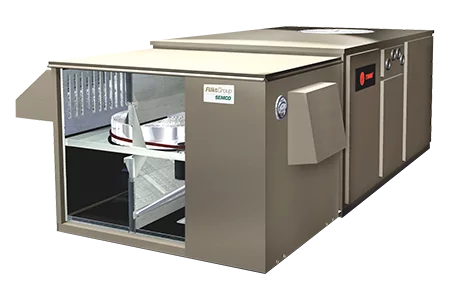
Demand Control Ventilation
Most modern commercial buildings, built in the past 50 years, have packaged rooftop units, or RTUs. These large boxes heat and cool the air, and use the same system to ventilate this air throughout the building.
Code requires fresh air for safety for occupants, for many reasons including reduced germ spreading and getting volatile compounds out of public spaces – which are common in many of modern products. A new painted wall or carpeting will offgas something that is not safe for humans, so code requires changes of air in a space each day it is occupied.
To accomplish this, modern RTUs bring in fresh air, and they keep the amount set at all times, often controlled through the economizer. This means an unoccupied building will bring in hot or cold air even on days and times it is unoccupied, because code requires it.
There is a simple yet elegant control system available to fix this – only bringing in outside air when there are people inside that need to be protected with fresh air. A Carbon Dioxide sensor can be placed in the ductwork or thermostat (or even on a separate wall sensor in the occupied space). As people enter, the CO2 levels will rise. Once it hits a certain level, typically between 500 and 700 ppm, the system will open the economizer and bring in fresh air.
This simple system saves a ton on energy, makes sure our spaces are safe for occupants, and decreases wear and tear on equipment – a compressor not run is a compressor that will live a little longer.
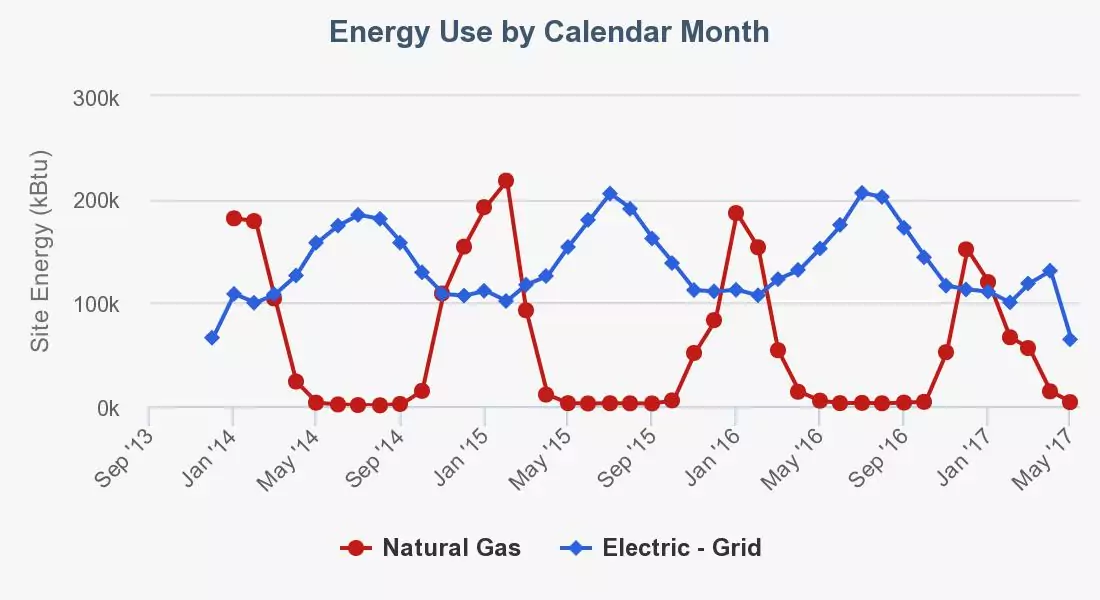
Building Energy Efficiency Control Systems
Larger buildings require a more sophisticated control system – one that often integrates lighting, HVAC and more.
Building Automation Systems
Building Automation Systems, or BAS systems, can control your entire building and really optimize energy monitoring and savings. BAS systems have schedules prioritized, so make sure the right temperature and fresh air reach the occupants when and where they are. These complicated control systems are expensive to maintain and replace – but they can save huge amounts of energy. In fact, the Retro-commissioning process can save thousands of dollars a year, sometimes even each month. These systems can control more than just energy – almost anything within a large building that needs to be controlled and scheduled.
Energy Management Systems
Energy Management Systems are very similar to BAS systems, but only control systems that draw energy. These systems are gaining popularity among smaller buildings, and can often be implemented at a lower cost than Building Automation Systems.
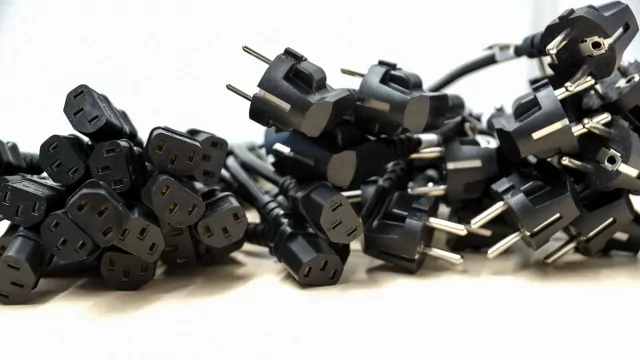
Smart Power Strip Energy Savings
Smart Power strips help reduce the amount of phantom power load in our buildings, which are often drawing electricity whether we are using the device or not. For example, a computer monitor draws power when it is on, less power in sleep, but no power when it is unplugged.
A smart power strip has a lead plug, which tells the rest of the strip when to get power. When used correctly, this device can save a ton of power. For example, a computer station with two monitors, a speaker system, and charging devices for phones can be controlled only when the computer is pulling a good load and is on. When it is sleeping, the rest of the power strip is dormant, not receiving power. So a correctly implemented power strip will shut off the rest of the system when the computer is not being used, and therefore, savings tons of power.
These tools are great, but often hard to set up correctly. They don’t work great for laptops, iPads, or other tablets. As computers monitors have become more efficient, the savings are also decreasing. We believe they are still a part of the toolkit of savings for businesses and homes alike.
Why Choose Verde for Your Automation Needs?
Since 2010 Verde has been helping customers upgrade inefficient and outdated lighting solutions that have translated to thousands of dollars saved on energy bills. Our experienced team helps guide you through the entire process from providing a free energy assessment, to installing the solutions and even helping you get money back through government incentives and utility company rebates. We offer complete services, from start to finish, with a single point of contact, so you can rest assured that all aspects of your project are covered.
How it all works

Call in the pros.
Give us a call, and we’ll come take a look around – no fees, no commitments. Within a week or so, we’ll give you a custom, detailed report of where you can decrease your energy costs and how much you can expect to save.
01

Let’s do this.
Our Energy Efficiency Professionals do the necessary swaps, tweaks, and in some cases, complete overhauls to bring your costs way down and your savings way up. We know how to save you money – and we know what it takes to make the most of all of those energy rebate programs. In fact, we guarantee that no one can find more rebates off your project than Verde.
02

We’ve got your back.
If a bulb burns out or an issue occurs, call us. We’ll make it right.
03

Rejoice.
The bean counters on your team will be jumping for joy from the unexpected savings and your team’s Earth lovers will be singing your praises in no time. That’s because Verde’s solutions are just as good for your bottom line as they are for the Earth.



